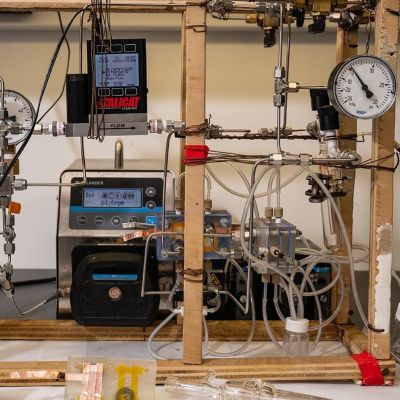
If you grew up in the middle of the Cold War, you probably remember hearing about the Distant Early Warning line between duck-and-cover drills. The United States and Canada built the DEW line radar stations throughout the Arctic to detect potential attacks from the other side of the globe.
MIT’s Lincoln Lab proposed the DEW Line in 1952, and the plan was ambitious. In order to spot bombers crossing over the Arctic circle in time, it required radar twice as powerful as the best radar of the day. It also needed communications systems that were 99 percent reliable, even in the face of terrestrial and solar weather.
In the end, there were 33 stations built from Alaska to Greenland in an astonishing 32 months. Keep in mind that these stations were located in a very inhospitable environment, where temperatures reached down to -60 °F (-51 °C). Operators kept the stations running 24/7 for 36 years, from 1957 to 1993.
System of Systems
The DEW line wasn’t the only radar early-warning system that the US and Canada had in place, only the most ambitious. The Pinetree Line was first activated in 1951. However, its simple radar was prone to jamming and couldn’t pick up things close to the ground. It was also too close to main cities along the border to offer them much protection. Even so, the 33 major stations, along with six smaller stations, did better than expected. Continue reading “The DEW Line Remembered”














